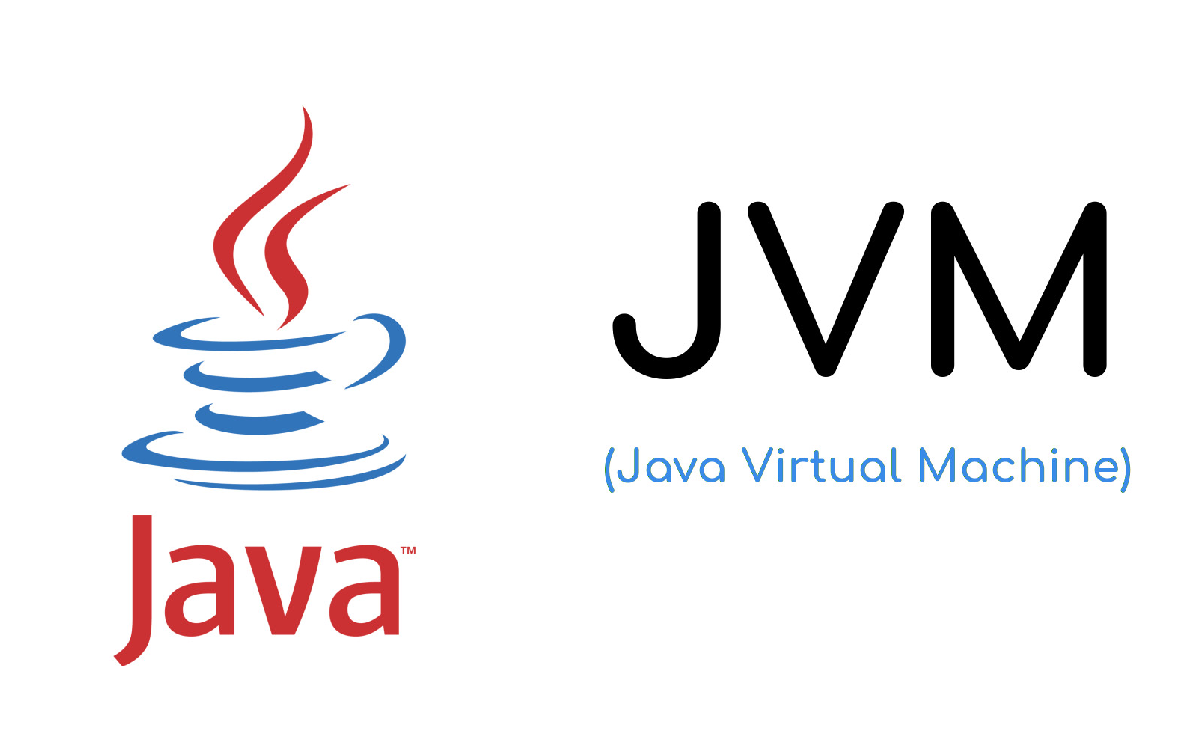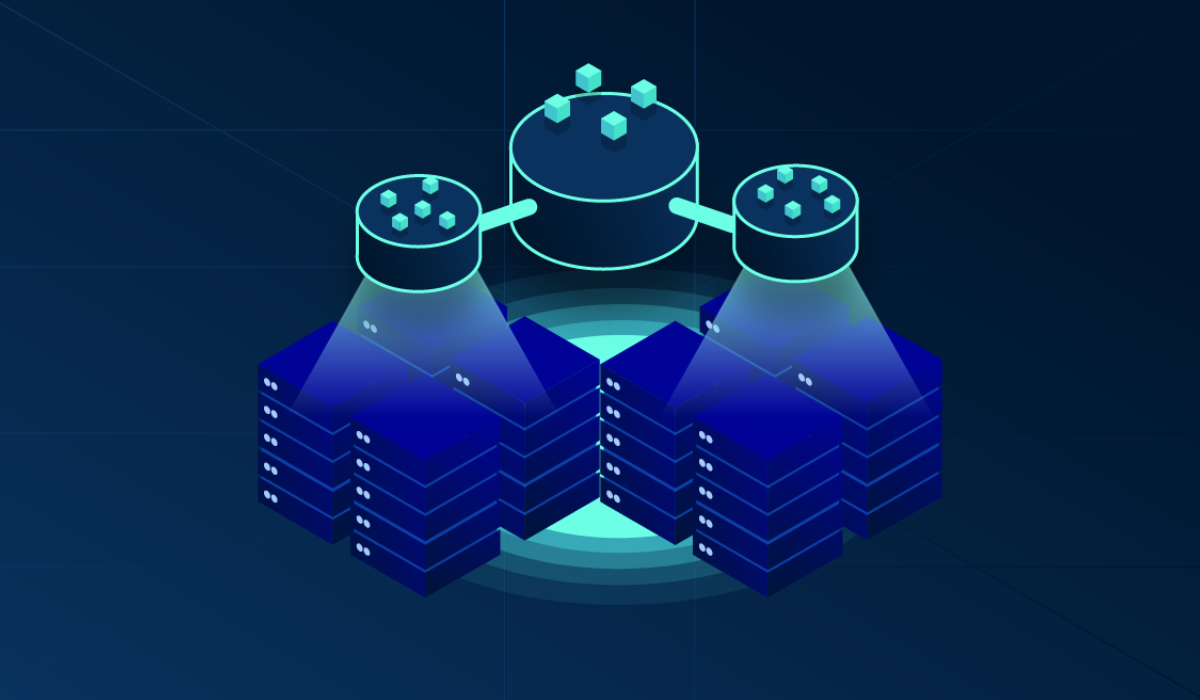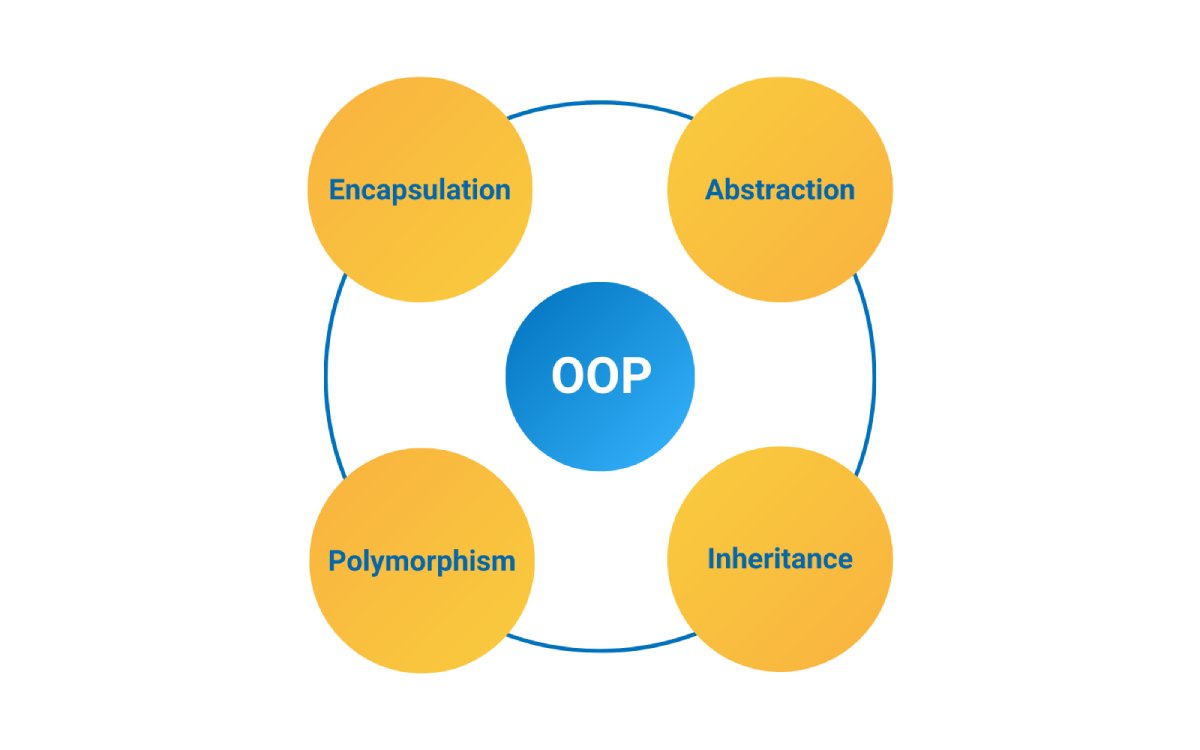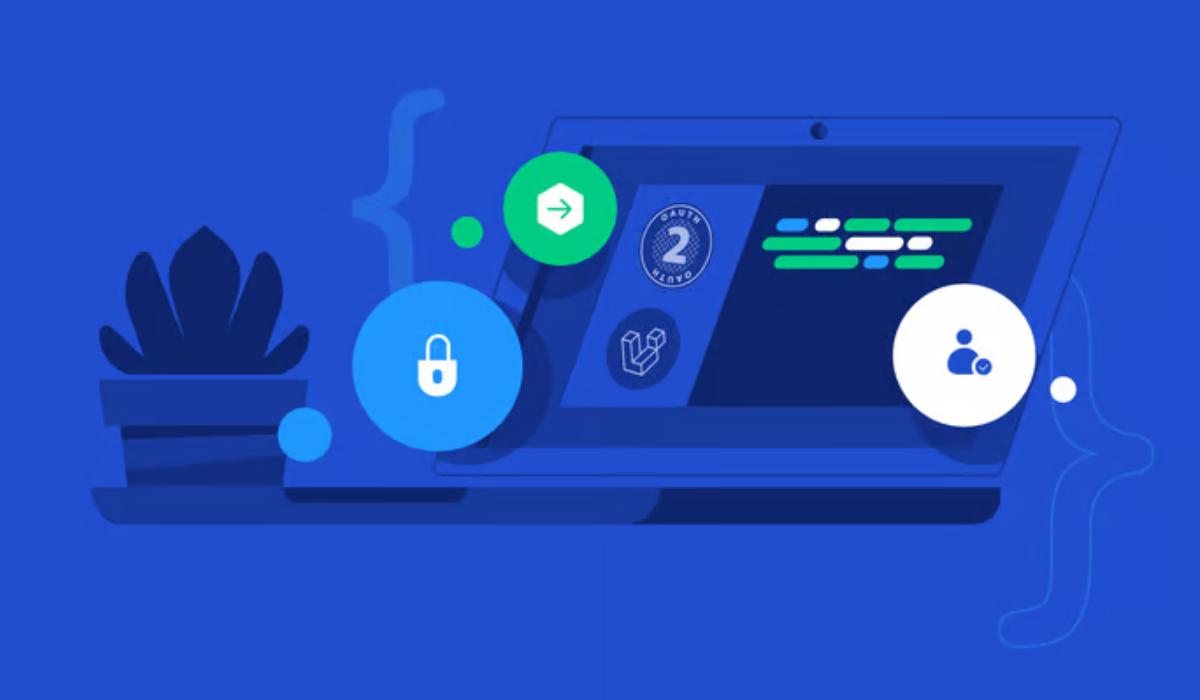The Java Virtual Machine (JVM) is a virtual machine that executes Java bytecode. It is responsible for loading, verifying, and executing Java class files. The JVM is platform-independent, which means that Java code can be run on any machine that has a JVM installed.
JVM Architecture
The JVM is divided into five main components:
- Class Loader: The class loader is responsible for loading Java class files into the JVM. It also verifies the bytecode and ensures that the classes are compatible with the JVM.
- Runtime Data Area: The runtime data area is where the JVM stores all of the data that is needed to execute a Java program. This includes the stack, heap, and registers.
- Execution Engine: The execution engine is responsible for interpreting and executing Java bytecode. It also performs garbage collection, which is the process of freeing up memory that is no longer being used.
- Garbage Collector: The garbage collector is responsible for freeing up memory that is no longer being used by a Java program. It does this by periodically scanning the heap and identifying objects that are no longer referenced by any other objects.
- Native Interface: The native interface allows Java code to call native code. This is necessary for tasks that cannot be performed by the JVM, such as accessing hardware devices.
How does the JVM work?
When a Java program is executed, the JVM first loads the class files into the runtime data area. The class loader then verifies the bytecode and ensures that the classes are compatible with the JVM.
Once the bytecode has been verified, the execution engine begins to interpret it. The execution engine reads the bytecode instructions one at a time and executes them. The execution engine also performs garbage collection. Garbage collection is the process of freeing up memory that is no longer being used by a Java program. The garbage collector periodically scans the heap and identifies objects that are no longer referenced by any other objects. These objects are then marked for deletion and their memory is reclaimed.
Why JVM?
- Portability: Java code can be run on any machine that has a JVM installed. This is because the JVM is platform-independent.
- Security: The JVM has a built-in security mechanism that helps to protect Java programs from malicious code.
- Performance: The JVM is designed to be efficient and to provide good performance.
- Modular design: The JVM is modular, which makes it easy to extend and customize.
JVM Limitations
- Memory overhead: The JVM requires more memory than some other programming languages.
- Complexity: The JVM is a complex piece of software, which can make it difficult to debug and troubleshoot problems.
- Vendor lock-in: There are many different JVM implementations available, but some of them are not compatible with each other. This can make it difficult to move Java programs from one platform to another.
Let’s Deep dive into JVM architecture in the upcoming articles.




